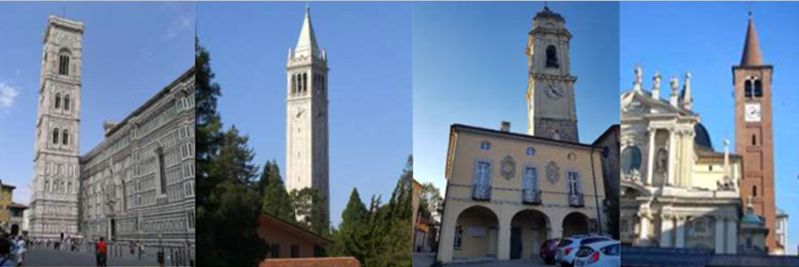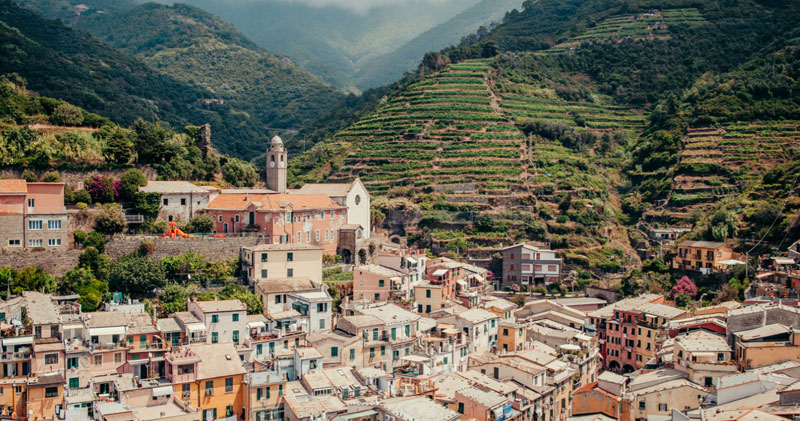Italian Culture
What is Italian National Identity?
What is Italian National Identity? What makes Italy a nation?
What makes Italians who they are?
‘Italians’ are those people who live on the 1900km- long, boot-shaped peninsula that begins in the Alps and juts right out into the Mediterranean Sea. The Italian territory also includes the large islands of Sicily and Sardinia.
From the end of the Roman Empire in 476 AD, the territory known today as Italy was occupied by numerous political entities; a situation that lasted for 1400 years until the unification of Italy in 1861. Unification resulted in an Italian state made up of 20 clearly defined regions each with its own identity.
Each piece of the puzzle making up the 20 regions has a story that goes all the way back to ancient times with roots in the rich and powerful city states that gave the world so many ‘firsts’:
- first bank of the common era (1406) in the powerful maritime republic of Genova (region of Liguria)
- first university of the common era (1088) In the city of Bologna (region of Emilia Romagna)
- a major boost to commerce in the known world (final period of the Middle Ages) thanks to the powerful maritime republics of Pisa, Genova, Amalfi and Venezia (regions of Tuscany, Liguria, Campania and Veneto)
- commencing in Florence (region of Tuscany), the Renaissance (most important artistic and cultural rebirth in the history of Europe), spawned luminaries of history like: scientist, artist, inventor and philosopher Leonardo Da Vinci; sculptor, painter, architect and poet Michelangelo; author of the Divina Commedia, greatest epic poem of all time, Dante Alighieri; astronomer, physicist and engineer Galileo Galilei; one of the greatest composers of Italian opera, Giacomo Puccini;
and in more recent times:
- from Bologna (region of Emilia Romagna) inventor of the wireless telegraph, Guglielmo Marconi (1874-1937)
- from Florence (region of Tuscany), inventor of the telephone in 1865, Antonio Meucci
- from the region of Lombardy, inventor of the electric battery in 1799, Alessandro Volta
- and in Emilia Romagna, the greatest composer of Italian opera, Giuseppe Verdi (b 1813) who gave to the world such enduring operas as Traviata, Nabucco, Aida.
………..to name but a few, the list of Italian luminaries could go on and on…
It has been just 159 years since the independent city states were united into the rich patchwork tapestry that is Italy today: a country of 20 regions, each with its own unique traditions, history and language (dialect).
When contemplating the notion of national identity, is it any wonder that Italians have coined the word ‘campanilismo’ stemming from ‘campanile’ (meaning tower, a landmark typical of each Italian town and city). ‘Campanilismo’ best conveys the notion of identity in that an Italian feels himself first and foremost a citizen of the town and region in which he was born.
Hence, in answer to ‘Di dove sei?’ (where are you from?) – an Italian might very well answer ‘Sono piemontese; Sono toscano, Sono friulano….(I am from Piedmont, from Tuscany, from Friuli)
So……what is Italian national identity?
The answer is a complex one, as Italian identity is made up of traditions, ways of living, thinking and speaking that tie each Italian to the ‘Campanile’ of the particular town/city/region in which he was born. Perhaps Italian national identity could be considered a multifaceted one that has given rise to extraordinary creativity leading to so many ‘firsts’ in so many fields……..the flip side is that multiple individualities are difficult to govern, hence the 61 changes of government Italy has experienced in the 70-odd years since WWII!
Hero image credit: Benjamin Jopen


